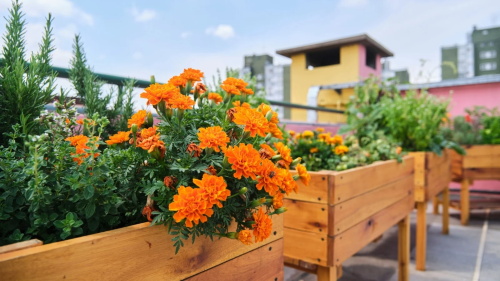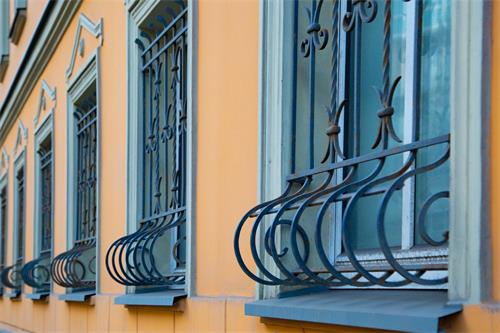
In densely populated urban areas, where green spaces are scarce, rooftop gardens offer a unique opportunity to cultivate plants and enjoy nature above the city bustle. However, the structural limitations of rooftops necessitate careful planning, especially concerning the weight of gardening installations. Lightweight raised beds present an effective solution, enabling urban gardeners to transform rooftops into thriving green havens without compromising structural integrity.
Before initiating a rooftop gardening project, it's crucial to assess the load-bearing capacity of the roof. Consulting with structural engineers or building professionals can provide insights into weight limitations and necessary reinforcements. Exceeding these limits can lead to structural damage or safety hazards. Therefore, designing garden beds that are both functional and lightweight is essential for rooftop applications.
Selecting Appropriate Materials for Lightweight Raised Beds
Choosing the right materials is pivotal in constructing lightweight raised beds. Options include:
● Recycled Plastic Lumber: Durable and resistant to rot, recycled plastic lumber is significantly lighter than traditional wood and requires minimal maintenance.
● Corrugated Metal: Lightweight and sturdy, corrugated metal panels can be used to build raised beds that withstand various weather conditions.
● Fiberglass Planters: Prefabricated fiberglass containers offer a lightweight alternative to wooden boxes and are available in various sizes and designs. These materials not only reduce the overall weight but also enhance the longevity of the garden beds.
Crafting a Lightweight Soil Mix
Traditional garden soil is dense and heavy, making it unsuitable for rooftop gardens. Instead, a custom soil mix that is both lightweight and nutrient-rich should be used. A recommended blend includes:
● Coconut Coir: Provides moisture retention and aeration.
● Perlite or Pumice: Enhances drainage and reduces weight.
● Expanded Clay Aggregate (LECA): Adds bulk without significant weight.
● Organic Compost: Supplies essential nutrients for plant growth.
This combination ensures a balanced medium that supports plant health while keeping the load manageable.
Implementing Effective Drainage and Irrigation Systems
Proper drainage is vital to prevent water accumulation, which can add unnecessary weight and damage the roof structure. Incorporating drainage layers, such as coarse perlite or LECA, at the bottom of the beds facilitates water flow. Additionally, installing drip irrigation systems can provide consistent moisture to plants while conserving water and minimizing weight from excess water retention.
Choosing Suitable Plants for Rooftop Raised Beds
Selecting plants that thrive in shallow soil and are resilient to rooftop conditions is key. Ideal choices include:
● Herbs: Basil, thyme, and chives are compact and require minimal soil depth.
● Leafy Greens: Lettuce, spinach, and arugula grow quickly and don't demand deep roots.
● Compact Vegetables: Radishes, bush beans, and cherry tomatoes are suitable for limited spaces.
These plants not only adapt well to the constraints of rooftop gardening but also provide fresh produce for urban dwellers.
Transforming a rooftop into a lush garden is an achievable goal with the strategic use of lightweight raised beds. By carefully selecting materials, crafting appropriate soil mixes, and choosing suitable plants, urban gardeners can create vibrant green spaces above the city. These rooftop gardens not only enhance the aesthetic appeal of urban environments but also contribute to sustainability and personal well-being.
Recommend:

Island Hopping the Greek Dodecanese Islands

The Optimal Time to Visit Egypt: Avoiding the Heat and Crowds

Why do some windows have a “potbelly”? A fusion of aesthetics and functionality

6 Best Ecuadorian Dishes You Have to Try

